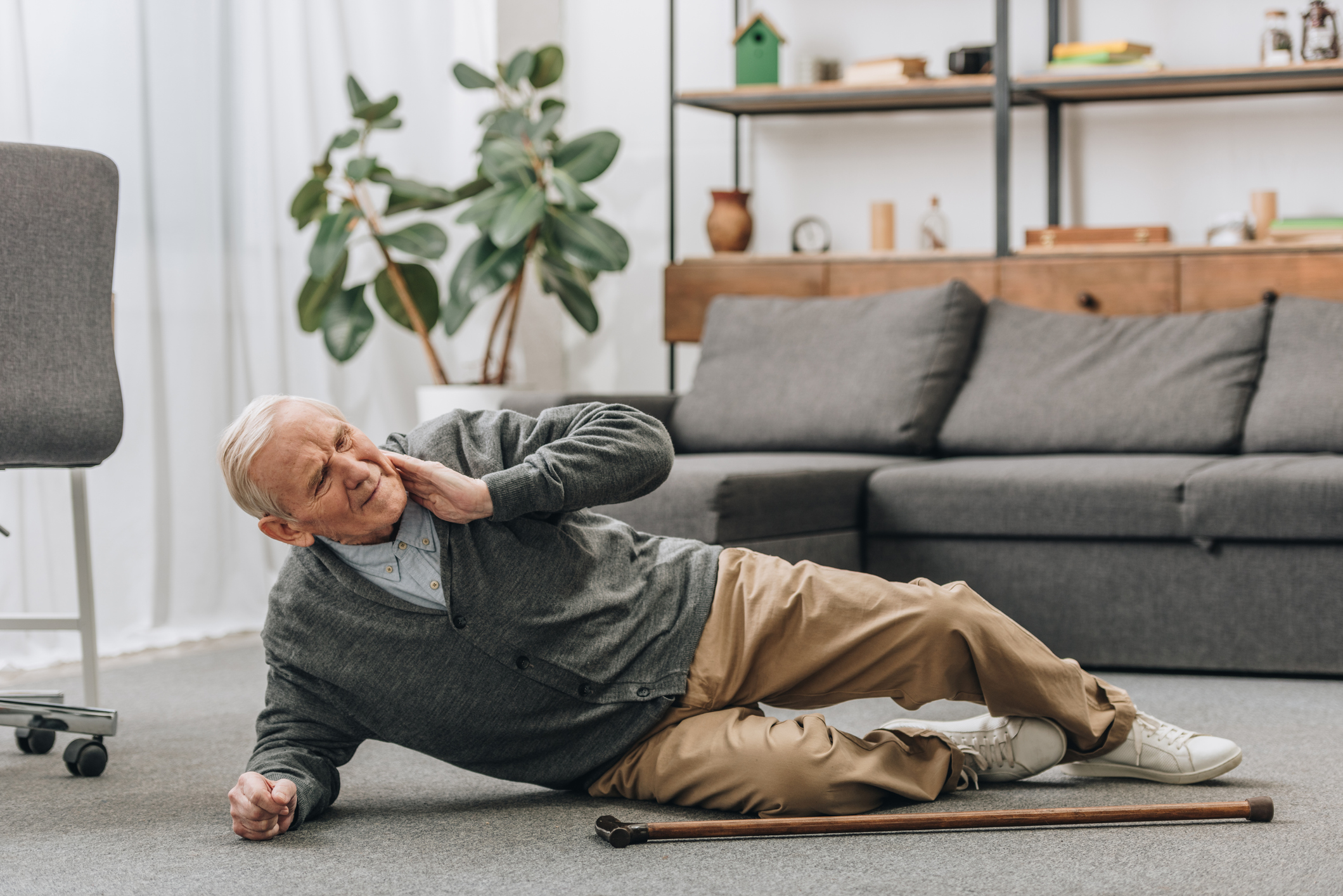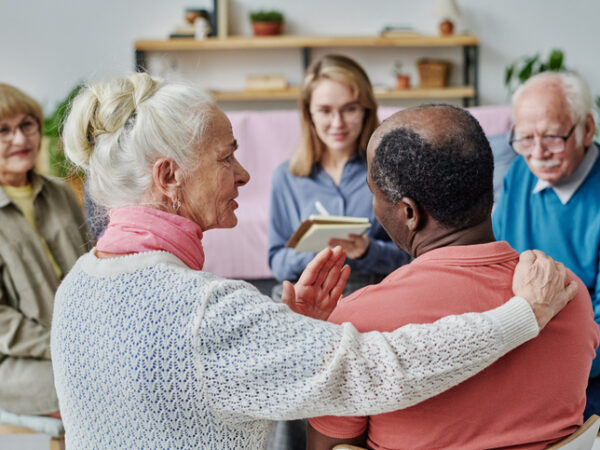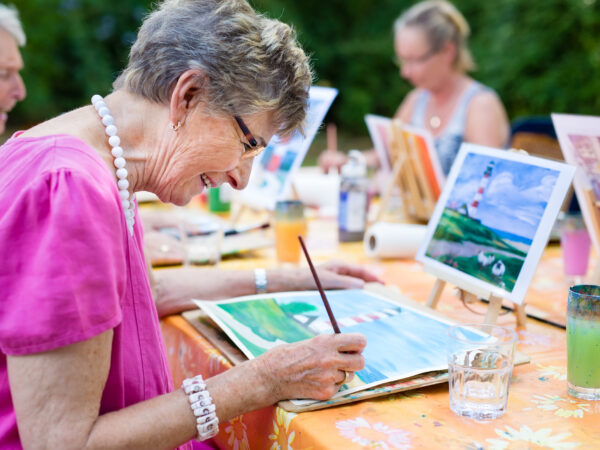Although falls and fall-related injuries are more common among older adults, they are not a normal part of aging. Nearly one-third of falls can be prevented with screening and interventions that address underlying medical conditions, drug side effects, household hazards, or strength and balance deficits.
According to a recent Skilled Nursing News report, a new prevention program piloted in three Colorado senior communities helped reduce falls by a third and lower fall-related hospitalization. The project measured the effectiveness of standardized fall prevention programs. Regular screening help identify seniors at risk due to medications that can impact fall rates, vitamin D deficiencies that can lead to dizziness, or diminishing muscle strength and balance.
Falls are a leading cause of injury and hospitalization among older adults – U.S. fall-related deaths increased 31 percent from 2007 to 2016 according to the Centers for Disease Control and Prevention. If nothing changes, the CDC anticipates by 2030, 7 seniors will die from a fall every hour.
With staff education, communication and collaboration, retirement residences can help address potential fall risks, and implement therapeutic programs to improve outcomes. Reporting falls, even when there isn’t an injury, can help prevent future falls – a proactive approach is the best way to prevent falls from occurring. Addressing living space issues such as poor lighting or tripping hazards like throw rugs or clutter can also help prevent soaring rates of falls and injuries. Noticing small changes in a senior’s gait that could be related to ill-fitting shoes or foot problems can also prevent trip and fall injuries. Wearing hip protectors won’t prevent a fall but they can prevent a fracture. Working with accessibility strategists to reorganize the house and suggest renovation projects to make the house work better with its occupants can also be worth looking into as it can keep older adults in their familiar communities longer.
Often seniors don’t report a fall because they worry they will lose their independence. To better prevent falls, injuries, and death, healthcare workers and clinicians must frequently screen for falls by asking seniors about their well-being, medications, and specifically if they have had a recent fall, even if it didn’t result in an injury. This proactive approach can help get to the root cause of fall risks and prevent future injuries with interventions and fall management.
By preventing falls, not only will seniors live more active, independent lives, but healthcare burdens can be significantly reduced. More than half of older Americans who fall require hospitalization, accounting for $50 billion in medical expenses, according to the CDC. With the growing proportion of seniors in the population, this number is projected to double in the US by 2030, doubling globally by 2050.






Add Your Voice
0 Comments
Join the Discussion